Achille
Castiglioni
If you are not curious forget it
Born in Milan in 1918. As early as 1940 he dedicated himself to testing industrial production with brothers Livio (1911-1979) and Pier Giacomo (1913-1968). After graduating in architecture in 1944, he began research into shapes, techniques and new materials, aimed at developing an integral design process.
He was one of the founders of ADI in 1956. In 1969, he was authorized by the Ministry of Education to teach “Artistic Design for Industry” and was a professor at Turin's Faculty of Architecture until 1980 and then professor of “Industrial Design ” in Milan until 1993.
Since 1950 he has worked in the area of testing and research into outfittings and presentations for exhibitions (Triennale di Milano, Montecatini, Agip, Rai). MoMA in New York features 14 of his works. Other works can be found at:Victoria and Albert Museum (London), Kunstgewerbe Museum (Zurich), Staatliches Museum fur Angewandte Kunst (Munich), Museo del Design (Prato), Uneleckoprumyslove Prague Museum, Israel Museum (Jerusalem), The Denver Art Museum, Vitra Design Museum (Weil am Rhein), Angewandte Kunst Museum (Hamburg and Cologne).
He staged a one-man show between 1984 and 1986 organized by the Museum fur Angewandte Kunst (Vienna), then at Akademie der Kunst (Berlin), Triennale di Milano (Milan), Kunstgewerbe Museum (Zurich), Haags Gemeentemuseum (the Hague), Circulo de Bellas Artes (Madrid) and at the Centre Georges Pompidou (Paris). He has been awarded 9 Compasso d'Oro awards.
Achille Castiglioni died in 2002.
Arco
Pier Giacomo
Castiglioni
Any shape is expressed in function of something. Any meaning that could be communicated through a shape can be identified as a function. So the choice of functions is the first act of design and it binds the creative process until the end
Born in Milan in 1913. In 1937, he established the “Architecture,Urban Buildings and Research into Industrial Design” practice with his brother Livio. In 1952 Livio left; another brother, Achille joined the practice in 1944. He graduated from the Department of Architecture at Milan Polytechnic in 1937 and co-wrote a libel on the Milan Town Planning Scheme: “Fifty Significant Squares in theMilanof the Future” with the architect Carlo Pagani in 1938.
Lecturer and Assistant in Architectural Composition, Professor in Drawing and Relief Work at the Milan Faculty of Architecture. Member of the Board at the Association of Architects and at the Milan City Council Building Commission. Member of the executive committee for the 13th Triennale in 1964. He exhibited at every Milan Triennale from 1940 on, winning many awards. For the latter, based on the theme “Leisure time, living time”, Pier Giacomo Castiglioni was a member of the Executive Committee.
He was a member of numerous juries: in 1956, 1957 and 1958 for “La Rinascente Compassod’Oro”; La Triennale of Milan; Formica-Domus Competition; Abitare-De Padova Competition; International Cantù Furniture Competition.
He was also particularly active as the curator of exhibition installations for national and international institutes and leading companies attending national and international exhibitions: Montecatini, RAI, ENI, Triennale di Milano, Mostre Esposizioni Torino, “Italia61”, AGIP. Pier Giacomo Castiglioni received numerous prizes and awards, including the “Compasso d’Oro” in 1955, 1960, 1962, 1964, 1967, 1979. He died in 1968.
His works have been displayed and are currently being exhibited at: Museum of Modern Art, New York (22 works at present), Royal Institute of British Architects (London) Musée des Arts Decoratifs (Paris), Palais du Centenaire (Brussels), Modern Art Museum, Sao Paulo (Brazil), Prima Esposicion de disegno industrial di Buenos Aires (Argentina).













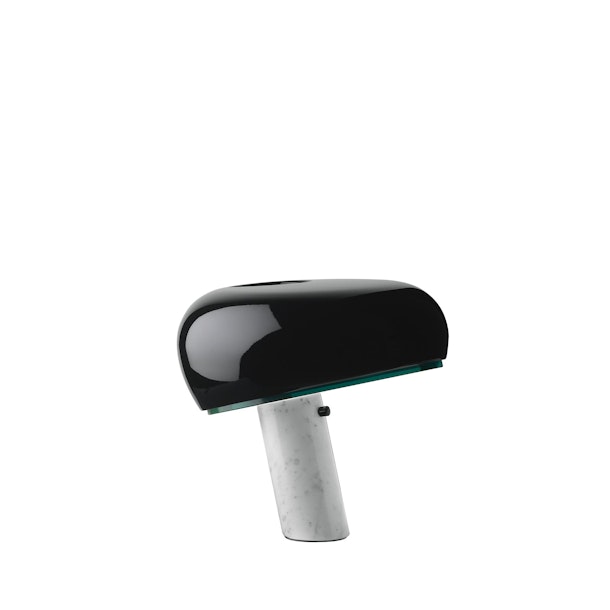
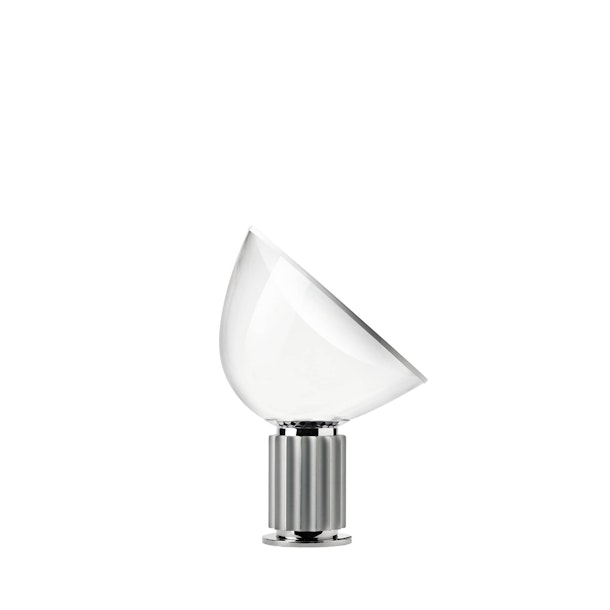
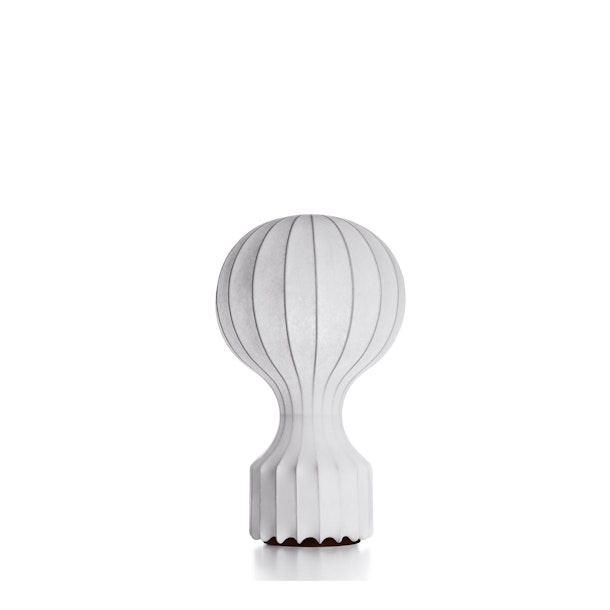
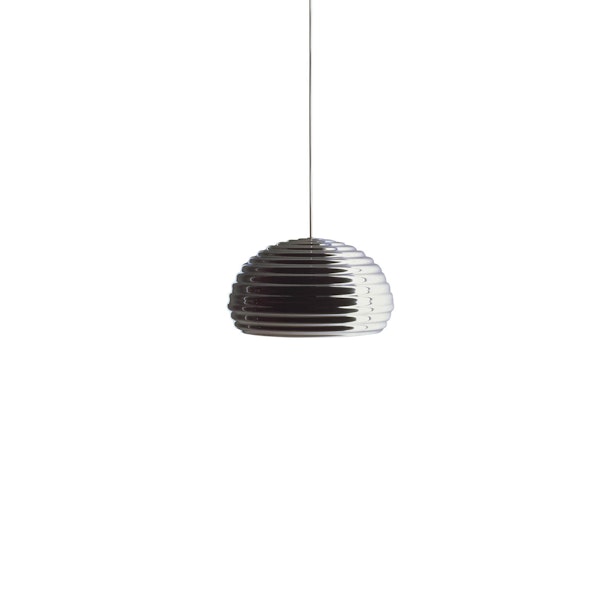
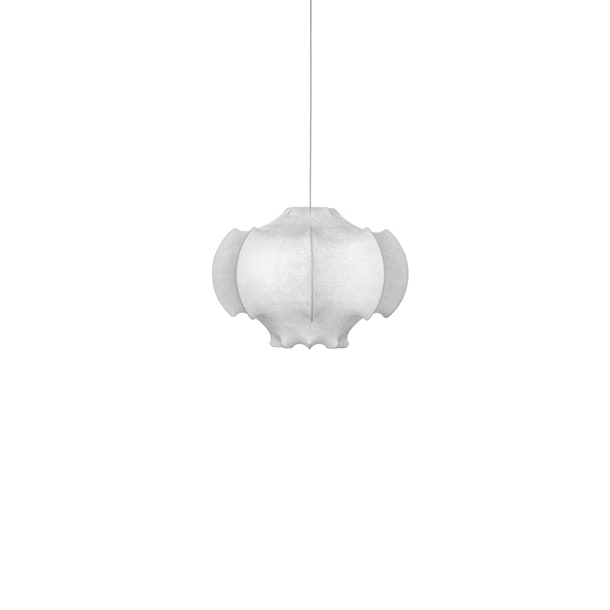
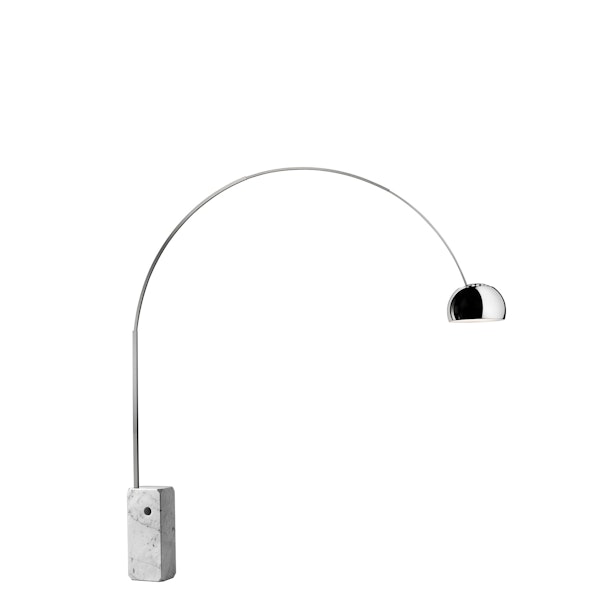
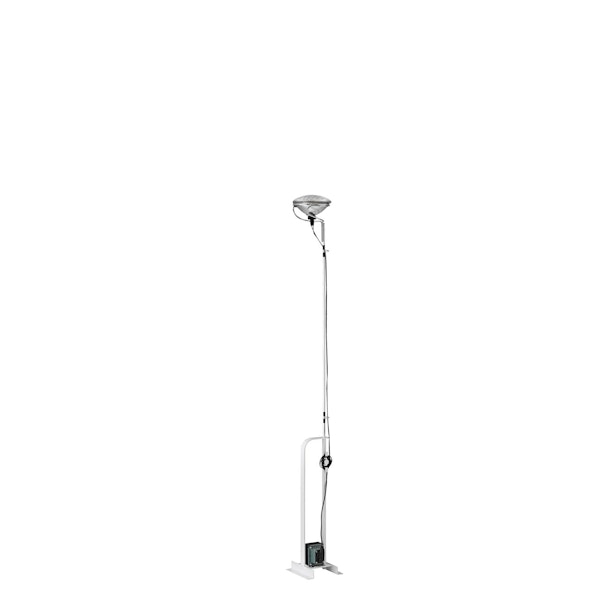
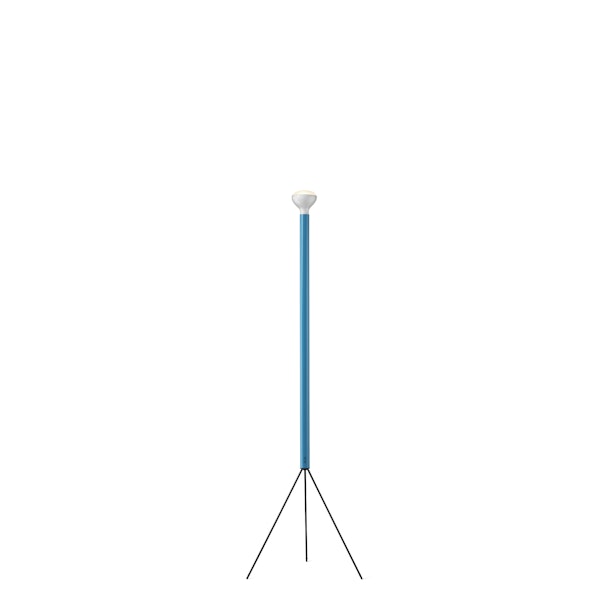
 ECOMMERCE WEBSITE WITH MOBLE
ECOMMERCE WEBSITE WITH MOBLE